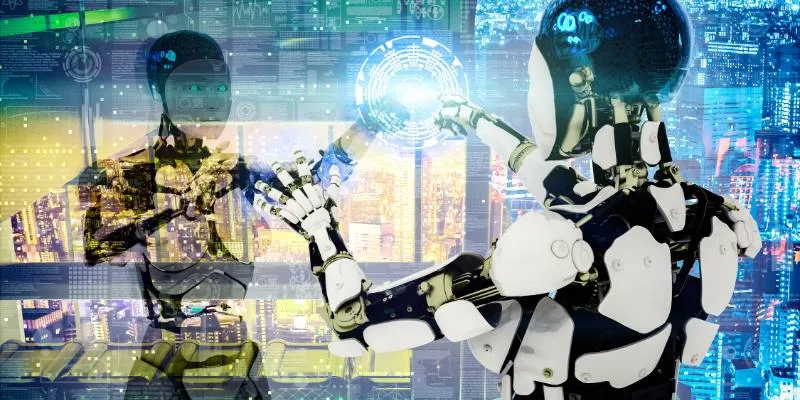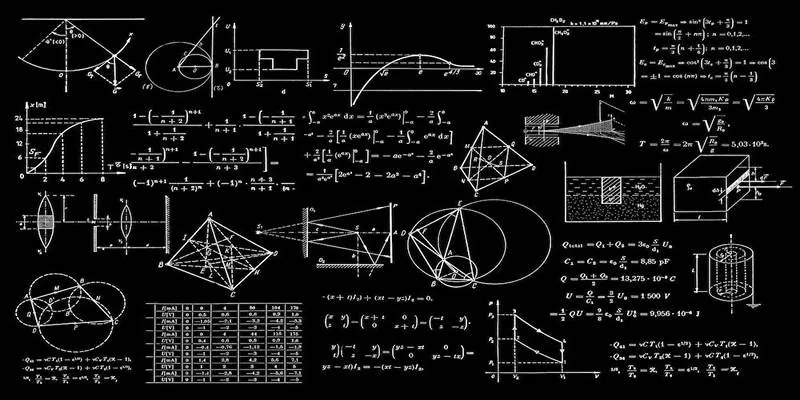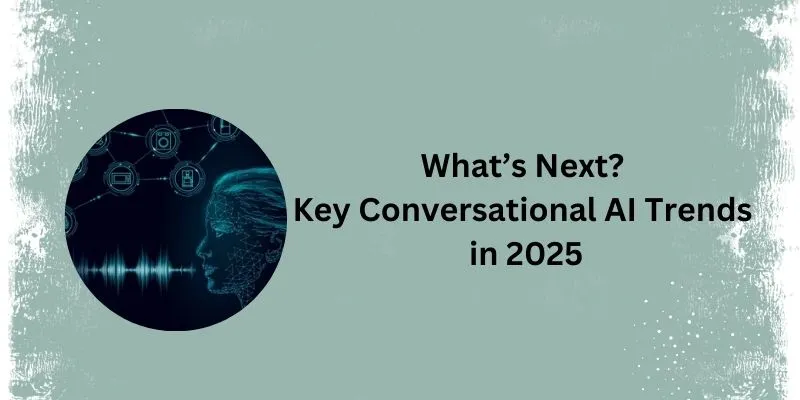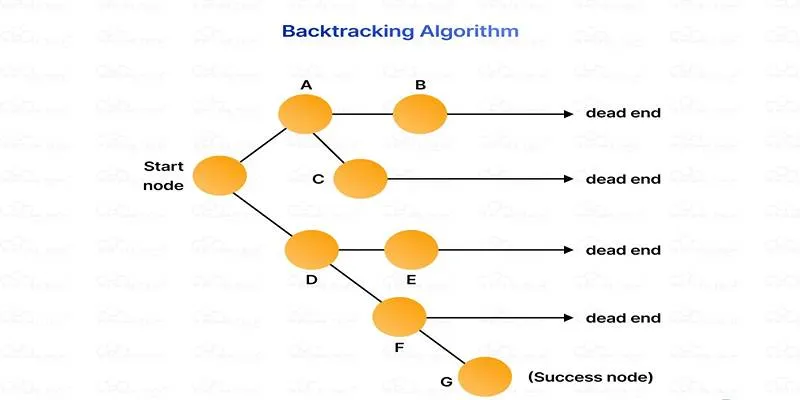Artificial intelligence (AI) makes decisions with silent precision, powered by the concept of probability. Unlike rigid rules or pure logic, AI thrives on handling uncertainty in real-time. Whether recognizing speech, recommending a movie, or navigating a road, AI continuously estimates the most likely outcomes.
Probability enables AI to operate in an unpredictable world by ranking options, refining guesses, and adapting on the fly. It’s not just a minor tool; it’s the core mechanism that defines how AI works, learns, and interprets complexity.
Why Probability Is the Backbone of AI Reasoning
AI functions in unpredictable, messy environments. Unlike calculators that process clear inputs, AI interprets vague signals, incomplete data, and changing patterns. Probability offers AI a way to quantify the likelihood of something being true, even with incomplete information.
Consider a voice assistant trying to comprehend a command in a noisy room. It doesn’t “hear” every word clearly; instead, it uses probabilistic models to deduce what was said based on prior patterns and context. This enables accurate responses despite unclear inputs.
In medical diagnostics, AI doesn’t provide a single answer. It offers probabilities for each possible condition based on symptoms and test results. This mirrors human reasoning under uncertainty, but with greater consistency and speed. Instead of stalling when data is unclear, AI evaluates the most likely options and responds accordingly.
This shift from deterministic rules to probabilistic reasoning allows AI to function effectively in the real world, where nothing is ever 100% certain.
Bayesian Inference: Updating Beliefs with New Data
Bayesian inference is a powerful tool in AI’s probabilistic arsenal, enabling systems to refine predictions with new data. The process is straightforward: start with an assumption (a prior), gather new information, and update that assumption (a posterior). This constant updating is crucial for AI that learns dynamically.

Take image recognition, for example. An AI may initially guess an object is a dog. As it analyzes features like fur texture or ear shape, it updates the probability. By the end, it might be 91% sure—and that’s typically sufficient to take action.
This method is especially valuable when data is noisy or limited. In financial forecasting or weather prediction, Bayesian models revise expectations with each new data set. The system doesn’t discard old information; it adjusts it.
The beauty of this approach lies in its adaptability. Unlike hard-coded rules, probabilistic models naturally adjust with each experience, ensuring AI remains accurate over time without needing complete retraining.
How Probabilistic Models Power AI Decision-Making
Probabilistic models drive many core AI functions, including simple tools like Naive Bayes classifiers and complex structures like Bayesian networks or Markov models. These systems convert data into predictions based on probability theory.
In spam detection, Naive Bayes calculates the probability of a message being spam based on keywords and behavior. While basic, this model is highly effective and incredibly fast. It doesn’t need to understand language—just likelihoods.
More advanced models, such as Bayesian networks, represent dependencies between variables. For instance, in disease diagnosis, they link symptoms to likely conditions and update those links as more information becomes available.
Deep learning, although more focused on neural patterns, still relies on probability. AI models often don’t just declare, “That’s a dog.” Instead, they assess, “There’s an 85% chance that’s a dog.” This assists with confidence scoring, risk management, and safety decisions in applications like autonomous driving.
In reinforcement learning, agents don’t follow fixed instructions. They learn to maximize rewards through trial and error, often relying on probability distributions over actions. This allows them to weigh outcomes, explore alternatives, and adapt to new environments with flexibility.
Every prediction AI makes—whether about customer preferences or stock market shifts—is based on careful calculations of risk and likelihood. Without this structure, intelligent systems would be blind to uncertainty and frozen by indecision.
Probability at Work in Real-World AI Applications
Probability enables AI to function in high-stakes, fast-moving environments. Self-driving cars continuously evaluate the likelihood of another vehicle stopping, a pedestrian crossing, or a signal changing. Based on these probabilities, they choose the safest action. These calculations occur every millisecond, blending speed with safety.

In recommendation systems like Netflix or Amazon, AI analyzes viewing or shopping history to assign probabilities to future interests. It doesn’t guess randomly; it ranks possibilities and presents those most likely to align with user behavior.
Healthcare applications heavily rely on probabilistic models. Diagnostic tools assess test results and symptoms to estimate the likelihood of a condition. This facilitates quicker, more personalized treatment, even when data is incomplete.
In fraud detection, AI uses probabilities to flag unusual transactions. It calculates how closely a given activity matches known fraud patterns. While it might not accuse, it raises a red flag when the probability exceeds a certain threshold.
Probabilistic reasoning is especially valuable for its transparency. Unlike opaque decisions, probability-based systems can display confidence levels. This clarity is vital when AI is used in sensitive areas like law, finance, or medicine.
Conclusion
Probability is the core that empowers AI to make informed decisions despite uncertainty. It transforms raw data into predictions, updates beliefs in real time, and helps systems adapt to ever-changing environments. Whether in self- driving cars, medical diagnostics, or recommendation engines, AI’s ability to reason probabilistically ensures smarter, more reliable outcomes. Without probability, AI couldn’t function in the real world, where conditions are rarely perfect. It’s this flexibility, grounded in mathematical reasoning, that truly makes AI intelligent and capable of navigating the complexities of our world.
 zfn9
zfn9






















